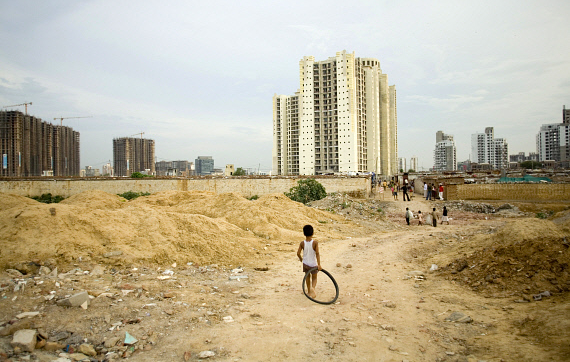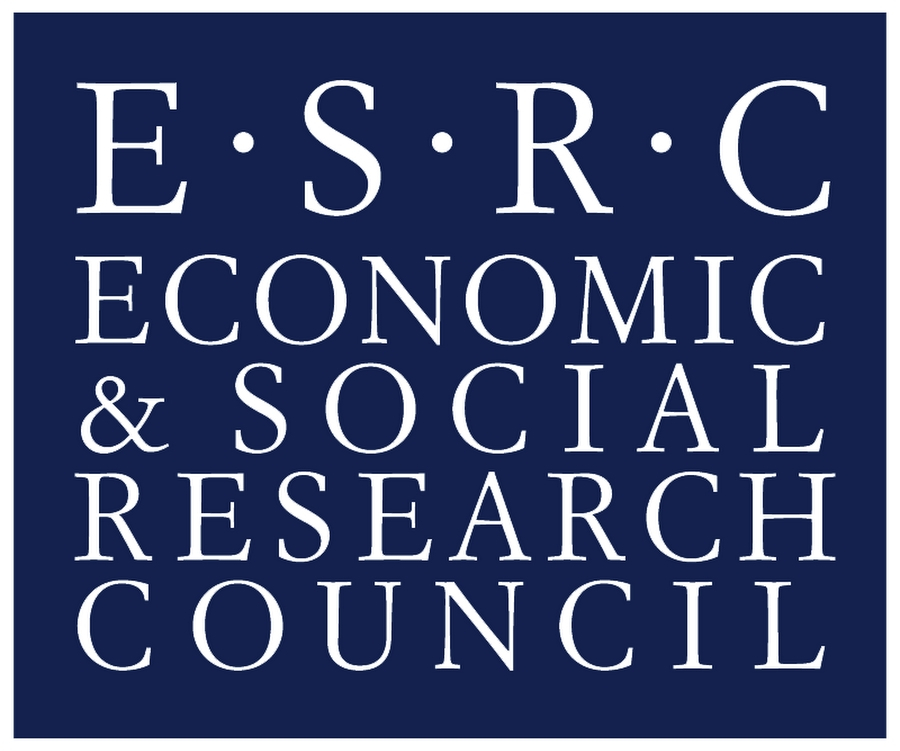
In this week’s blog, Paul Shaffer considers the understudied phenomenon of ‘Immiserising Growth’: economic growth that makes the poor worse off.
Immiserizing Growth (ImG) refers to situations where growth makes the poor worse off, or results in little or no benefits for the poor (it is not being used in the trade theory ‘Bhagwati’ sense, associated with the effects on GDP growth of shifts in the terms of trade). It is not a new concept, appearing in the works of Malthus, Ricardo and Marx, among others. In the contemporary academic literature however, the concept has been sidelined. It has never been systematically studied in a comparative way. A new ESRC GPID research brief aims to contribute to filling this gap in the literature.
Does It Matter Empirically?
There is indeed an empirical association between economic growth and poverty reduction, which is the source of the widely held narrative that ‘Growth is Good for the Poor’. Two other findings in this cross-country literature, however, are also important. First, there is considerable variation in the average relationship between growth and poverty reduction, as reflected in very different values of growth elasticities of poverty. Second, there are outliers, or cases where growth does not translate into poverty reduction. Such outliers can account for up to 35% of observed cases, depending on the dataset, and the growth and poverty measures used. Immiserising Growth does matter empirically.
Does It Matter Analytically?
Shifting the analytical lens to Immiserising Growth is important because it generates research results which are not simply the converse of those in the literature on Inclusive or Pro-Poor Growth. Attention tends to shift to forces of ‘active exclusion’, as opposed to forces of ‘failed inclusion’. So, instead of focusing on low levels of education, health, assets and credit, for example, analysis shifts to such processes as dispossession from land, discriminatory barriers to entry, the exercise of market and political power, and so on. While the relative importance of these two broad sets of factors is an empirical question, the language has indeed shifted.
In addition, Immiserising Growth is linked in a particular way to the literature on poverty dynamics and poverty traps. Two population groups figure centrally. First, the ‘very’ chronic poor who find themselves mired in poverty traps with potential intergenerational effect. Here, forms of horizontal inequalities based on ethnicity, caste or gender figure centrally. Second, those who have suffered impoverishment, or descents into long-term poverty due to fundamental changes in living conditions such as sickness, loss of employment, crop failure, natural disaster and so forth. Accordingly, ImG tends to focus on a distinct population subset in acute need.
Does It Matter for Policy?
There are two reasons why the shift to Immiserising Growth matters for policy. First, in general, if the determinants of ImG are systematically different than those of Inclusive Growth, the policy responses will differ accordingly. A ‘standard’ package of human capital, asset building and credit will prove less effective if the binding constraints are due to dispossession, discrimination and power. Second, it is likely that the population groups mentioned above, the very chronic poor and the impoverished, will figure increasingly centrally to poverty reduction efforts in the context of the so-called ‘last mile’ in poverty reduction. As the pace and ‘ease’ of poverty reduction slows, it is likely the range of policy options will have to expand.
Paul Shaffer
Paul Shaffer is Associate Professor at the Department of International Development Studies at Trent University, Canada. His research interests include interdisciplinary poverty analysis, methodological pluralism, poverty reduction strategies, gender and poverty, impact assessment and monitoring of development programs and policies, political economy of development, and development economics.
Related readings:
| GPID Brief 6 | Paul Shaffer | Immiserising Growth | 10/11/2017 |

